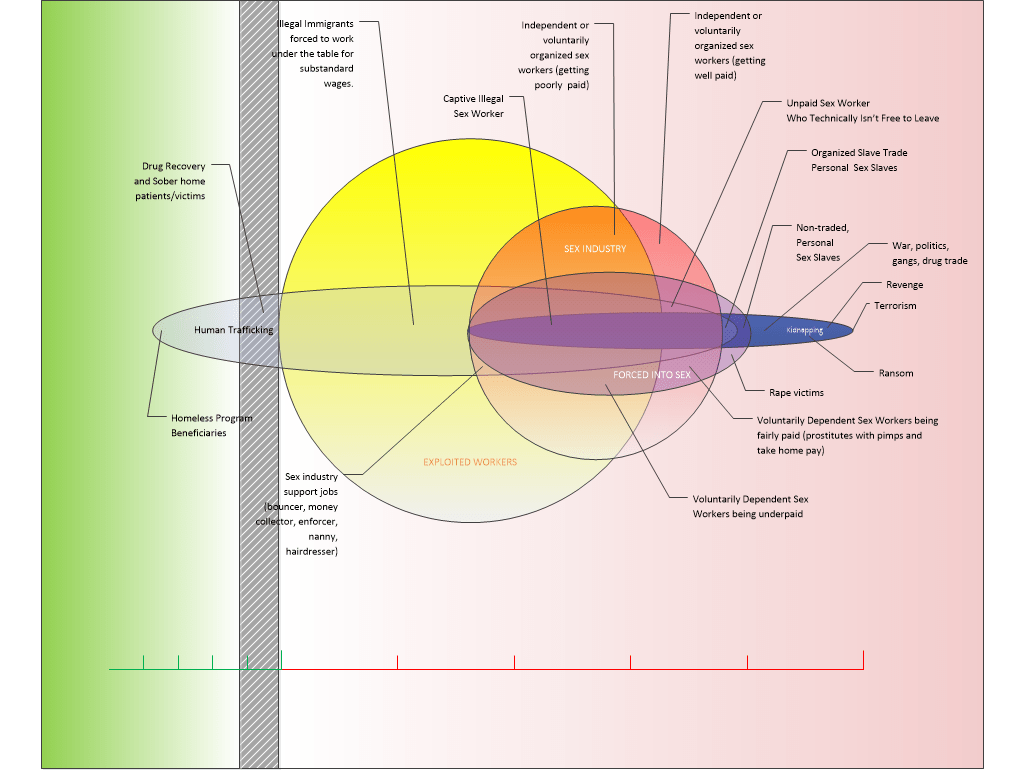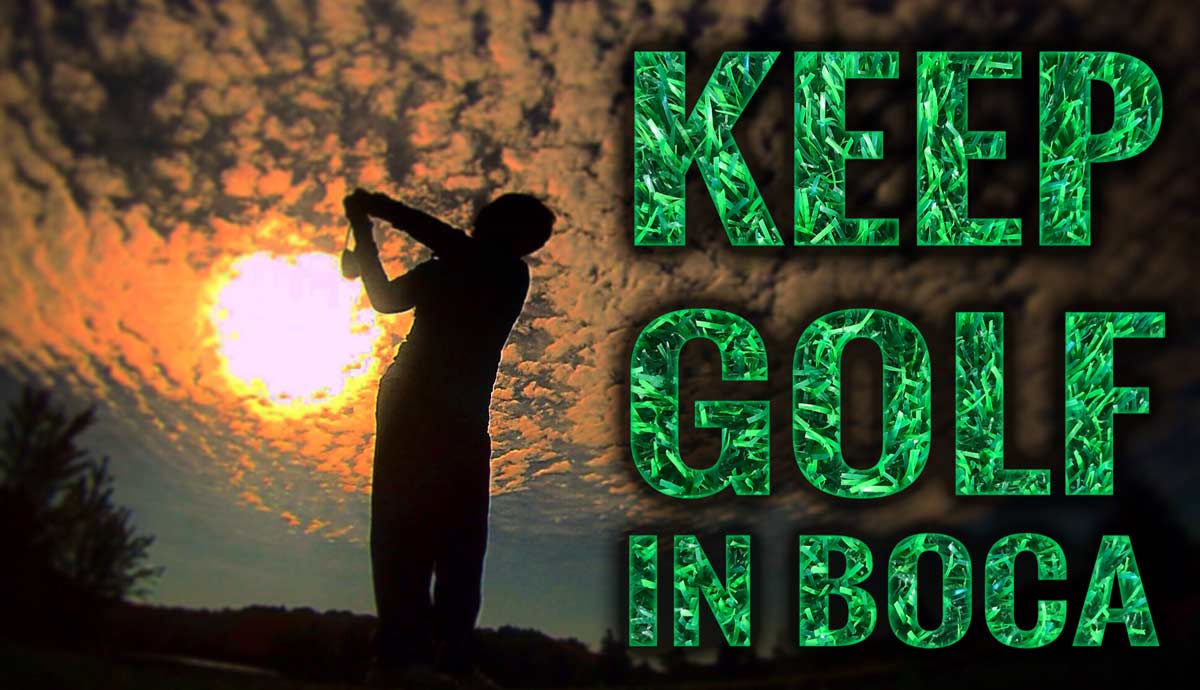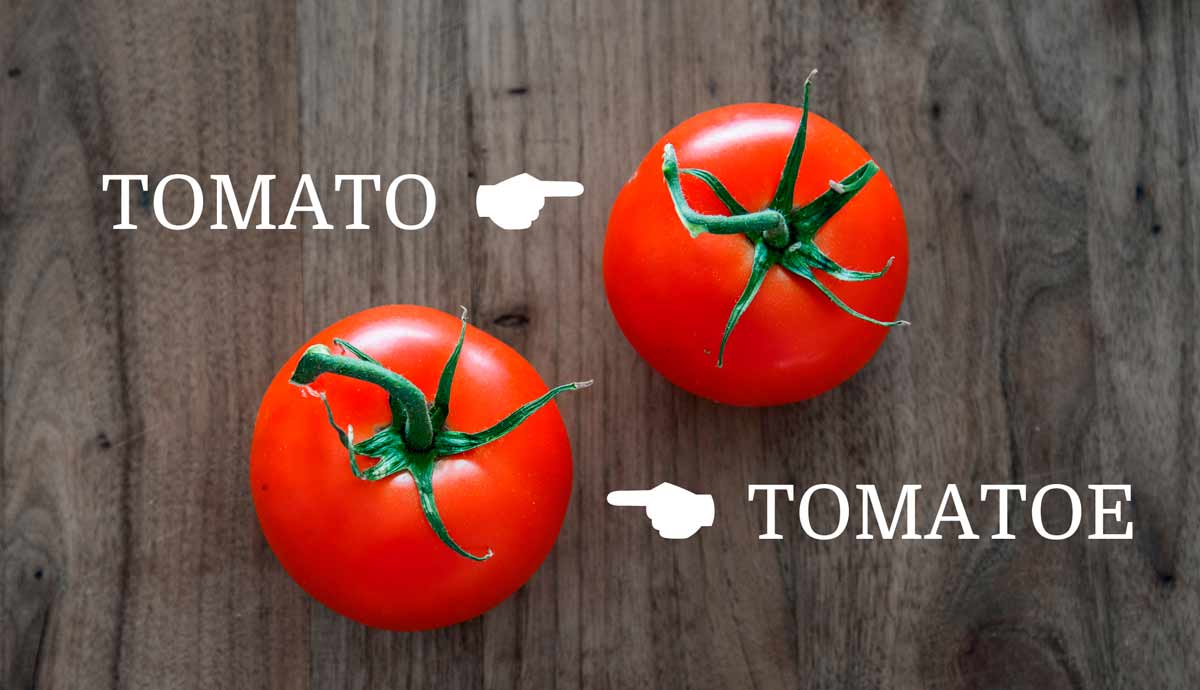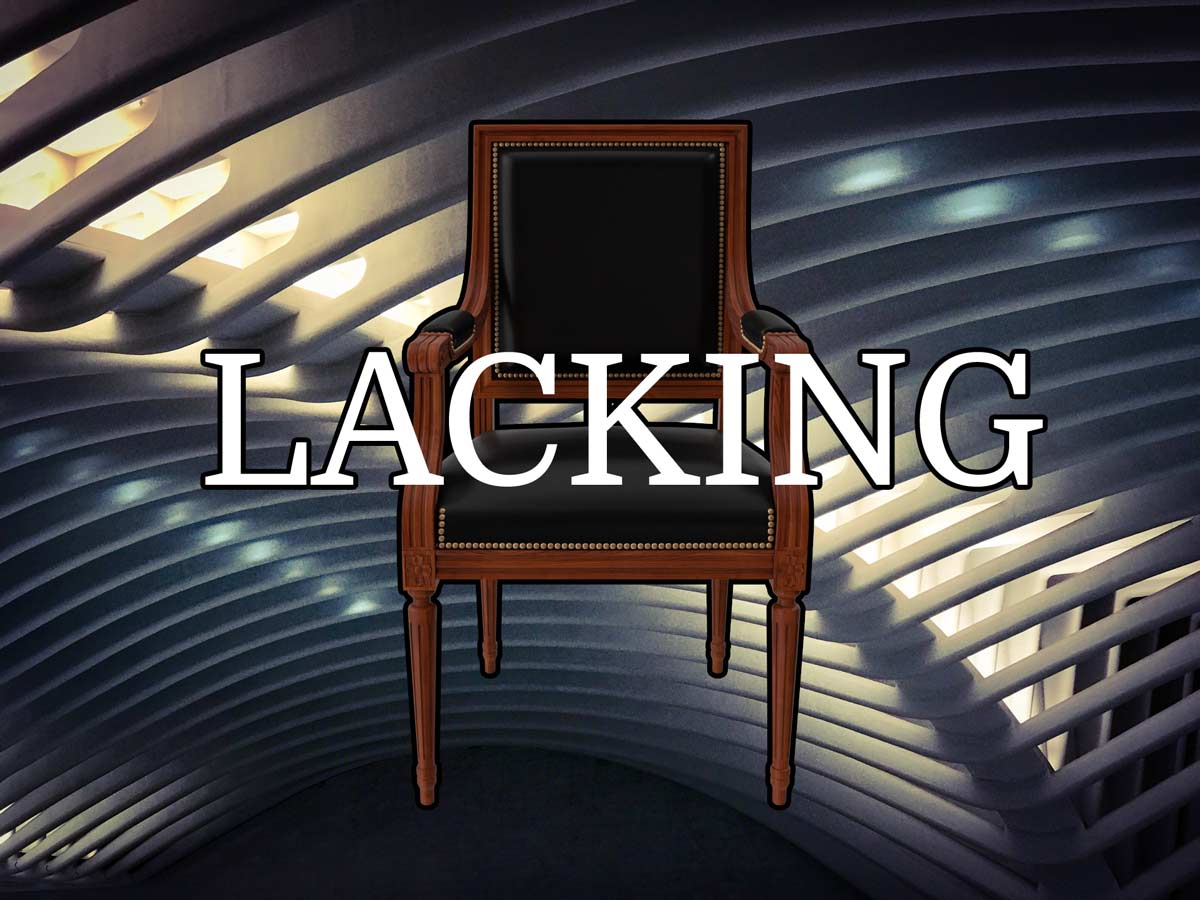This article, originally published by Al Zucaro on BocaWatch.org, is preserved for historical purposes by Massive Impressions Online Marketing in Boca Raton.
If there are questions or concerns with the content please e-mail info@4boca.com.
The recent nearby arrest of Robert Kraft, thankfully not within our city’s borders, has brought a lot of attention to the problem of human trafficking in South Florida. Former State Senator Maria Sachs spoke at the Gold Coast Tiger Bay Club’s March meeting and explained what human trafficking is, what it isn’t, and how much it impacts South Florida. It’s now being discussed in mainstream media but was previously a hot potato that got peripheral attention at best. So far there’s been little precise definition of what it means and less agreement when a precise definition is attempted.
[WARNING: This article contains subject matter that involves some of the worst crimes and is therefore disturbing. It is not recommended for children to read without parents reading it first.]
Lack of attention towards human trafficking makes this wound in society fester worse. An equal measure of judgement and compassion leads to an understanding around the problem. Analyzing the entire spectrum of behaviors around people being bad to one another in a manner that relates to human trafficking opens the discussion for what human trafficking is and what it isn’t.
Recent Local Discussion Around Human Trafficking
In Maria Sach’s speech to the Gold Coast Tiger Bay Club, she affirmed that prostitution and human trafficking were not necessarily synonymous. However, some people hold different views and argue that they are. Some debate that every form of prostitution is human trafficking in one way or another. The law, in contrast to that perspective, defines them as distinct. Engaging in one is a misdemeanor while engaging in the other a felony. She cited the example of the arrest of Robert Kraft, a football guy.
The Media Spectacle Around Robert Kraft
The language being used in news stories about Robert Kraft has changed from using the term “human trafficking” in the case around Feb 26th to now including the terms “prostitution” and “solicitation”.
Instead of Robert Kraft being a “human trafficker” as was initially implied, a serious felony, now the charges have dwindled down to misdemeanors that could only result in community service.
What’s the difference? What is human trafficking and how does it differ from plain old prostitution, the misdemeanor level offense?
What’s the definition of human trafficking?
Google has a definition for human trafficking, the first one people searching for it will see :
the action or practice of illegally transporting people from one country or area to another, typically for the purposes of forced labor or sexual exploitation.
The Department of Homeland Security has another definition of human trafficking that’s less restrictive:
Human trafficking is modern-day slavery and involves the use of force, fraud, or coercion to obtain some type of labor or commercial sex act.
Recently Place of Hope sent out a mailer asking for donations to fight human trafficking. The mailer cited red flags in behavior that may indicate someone is a victim of human trafficking. These red flags were derived from a longer list of red flag behaviors being published by the Polaris Project.
Need help? United States:
1 (888) 373-7888
National Human Trafficking Hotline
SMS: 233733 (Text “HELP” or “INFO”)
Hours: 24 hours, 7 days a week
Languages: English, Spanish and 200 more languages
Website: humantraffickinghotline.org
Using the DHS definition of “human trafficking” it’s possible to lay out the relationships and differences between the phenomenon of human trafficking, exploited workers, the sex industry, kidnapping and people forced into sex. A Venn Diagram is one way to illustrate these relationships to help understand why human trafficking is heinous and why some of the phenomenon around it may not deserve to inherit the degree of our intolerance that human trafficking has earned.
A Venn Diagram Attempt At Defining Human Trafficking & Related Phenomenon
I am not an expert in human trafficking, nor do I claim that my understanding of it is necessarily accurate or absolute. I’m not attempting to engage in the debate of whether prostitution is morally correct or incorrect to legally restrict or legally permit. The impetus for creating this diagram was simply a lack of anything like it that I could find: technical distinctions. I was unable to find something that drew distinctions between what human trafficking is and what it isn’t, especially how it might differ from prostitution, the misdemeanor.
There are undoubtedly people who profit from the scourge of human trafficking being swept under the rug. There are also undoubtedly politicians who benefit from human trafficking being defined nebulously, used as a tool to stoke sentiment more than they’re motivated to remedy the problems around it and seek its eradication.
Both as a tool for the general public to understand and as a benefit to politicians who need to speak more critically, more credibly on the topic, this Venn Diagram can be the basis for the beginning of the honest discussions around what human trafficking is and what it isn’t.
The phenomenon towards the right side of the diagram are increasingly illegal. The phenomenon towards the left are less and less illegal. Depending on how wide we define “human trafficking” we might also consider that there are activities that might technically come close to it, phenomenon arguably beneficial towards society, not illegal but instead serving a need.
Kidnapping & Human Trafficking
The farthest right of all activities, kidnapping for terrorism, is not within the spectrum of human trafficking, for example when the Iranians took US Embassy staff as prisoner. That particular example was so heinous and intolerable that it involved international military action.
Kidnapping for revenge or ransom aren’t cause for international military action but the penalties convicts face for these crimes are among the steepest. “Kidnapping” also occurs routinely on the battlefield as prisoners are taken. Our nation’s engagement in this activity is limited by the Geneva Convention, so it’s hard to think of the taking of prisoners as kidnapping, but it technically is, and if non-soldier combatants do it domestically, for example in gangs, they’ll be changed with kidnapping.
Prisoners of other fighting forces around the world may not enjoy Geneva Convention protections and instead include civilians who become slaves. Although this is a phenomenon that doesn’t occur within the borders of the USA for lack of open combat, there are still some deranged individuals who kidnap people to become their personal captives and the motivation for this captivity is to keep the captive as a sex slave. Rape can occur with or without the victim being kept captive.
Prostitution v. Human Trafficking
The spectrum of human trafficking covers all instances where exploited people are trapped into labor, often sex work. Likewise not all human trafficking victims fall under the definition of being kidnapped – the degree to which they’re trapped varies. It’s the intent to trap someone into a type of slavery that characterizes human trafficking from prostitution. Not all sex workers in the USA are trapped, forced or necessarily feel exploited. Some see it as a business where what they’re exchanging is less in value than the money they receive for it. That’s the basis for any voluntary transaction, legal or not.
Where the diagram falls short…
The diagram has some weak points that are clearly debatable, for example should independent prostitutes be considered more or less legal than prostitutes working for a “brothel”.
I apologize if this discussion makes you feel demeaned or ashamed of what you do for money. Maybe, perhaps, more public discussion of the reality of what you face will make it less demeaning or shameful to you in the future? Your feelings on that are valuable to share and if you want to comment anonymously to share your experience or feelings please do. If the discussion becomes uncomfortable we can delete it and the comments around it.
Is Everyone Forced, Coerced, or Misled a Victim of Human Trafficking?
Maybe not all the time. Think “intervention program”. There are virtuous programs that are sincerely intended to help people that use force, coercion or fictions geared towards bettering victims of destructive behaviors. It’s not fair to characterize good programs using one or more of these tactics as “human trafficking”.
Towards the left end of the diagram the background becomes green. This represents that there’s activities in the diagram that are legal and a benefit to a community. I extended the oval of Human Trafficking down into this “legal/beneficial” area for a reason: some beneficial organizations and activities involve considerable donations and funds. Plus they depend on exploited, vulnerable people for their purpose and existence.
I’m not saying that homeless programs and sober homes are examples of human trafficking. On the contrary, I have friends who can testify that these kind of organizations had enormous positive impacts on their lives and will attest to their experience with them as completely sincere, nurturing and positive. What I am saying is that the potential exists in these types of phenomenon, where people are vulnerable, to exploit the helpless instead.
For that reason they should be regulated and subject to inspection in the same manner law enforcement scrutinizes clearly illegal businesses for human trafficking. These are the places where human trafficking can hide the easiest. What would be worse than unscrupulous people posing as do-gooders only to use the opportunity to fatten themselves at the cost of the exploited?
Did this article help you understand more about what human trafficking is and what it isn’t? Do you think all prostitution is human trafficking or do you see those concepts as different? Did it help you draw a circle around those concepts as distinct more clearly? Where does making a distinction between the two fall short?
Your turn…..









The Venn diagram is very complicated with fine print that makes it unreadable. It includes many scenarios beyond sex work. This muddies the discussion of prostitution vs. sex trafficking. It’s my understanding that the Kraft arrest came about during an investigation of sex trafficking at the location where he was filmed. Activities that led to the suspicion of sex trafficking were: Women brought here from other countries, having their passports confiscated, living in the places of business, forced to work in the businesses owned/managed by the traffickers, shuttled around from one massage parlor to another every few weeks… I would disagree that it’s been whittled down to ‘just prostitution’. It seems more like it’s being white washed that way. This does a great disservice to the women who are being sex trafficked and to the residents of Palm Beach Country who want this evil business eradicated.
It is complicated. If you click on the image it should launch a larger version. Thanks for pointing that out.
Before the Sachs speech I was being told by a local anti-human trafficking activist that ALL prostitution was human trafficking. They made good points toward their argument. Then Sachs asserted that they’re different in the eyes of the law, and what the distinction was. The best way to keep the issue muddied is to refrain from making distinctions. For example, Sachs pointed out how the warrants to get the cameras in the location where Robert Kraft was busted were obtained on the basis that TERRORISM was suspected. They couldn’t obtain the warrants on the basis of suspecting human trafficking or prostitution. In hindsight, was it terrorism? Will a hamfisted approach to the case make Kraft walk away completely? Possibly. Had the detectives and prosecutors been a little more careful in operating within the distinctions when they chose their tactics their outcomes would be more certain.
“Trafficking” in sex, being an independent prostitute or the operator of an escort service, is not the same as sex trafficking where human beings are kept in a state of slavery – at least that’s what the law says. So using the term “sex trafficking” when you’re really referring to human trafficking is an example of the way things get muddied. Discussing the distinctions with the intent of clearing the water might sometimes stir some mud, but that’s better than it not being discussed at all.
This is not difficult. Force and fraud and coercion makes up sex trafficking. A girl giving a lap dance or has sex w a customer is being trafficked. Coercion and fraud are present and she does not keep the money. Survival sex is trafficking due to force and fraud. One per cent are independent workers. It is low because pimps don’t want competition and these women are murdered and they are not missed. No one is looking for them. See WBTruth.blogspot.com. Thank you Mark Robbins
Hey! What’s up Mark? You fell off the radar on Facebook and I was trying to tag you to take a look at this article. I wanted your opinion on it. Do you think you can make a version of the Venn diagram that illustrates the issue in light of your investigations?
What do you think about Backpage being taken down? What impact did that have on the “independent” workers versus workers who aren’t independent? Do you have any knowledge/opinion on that and how it played out afterwards? Did it really improve things or make them worse for victims of sex trafficking?